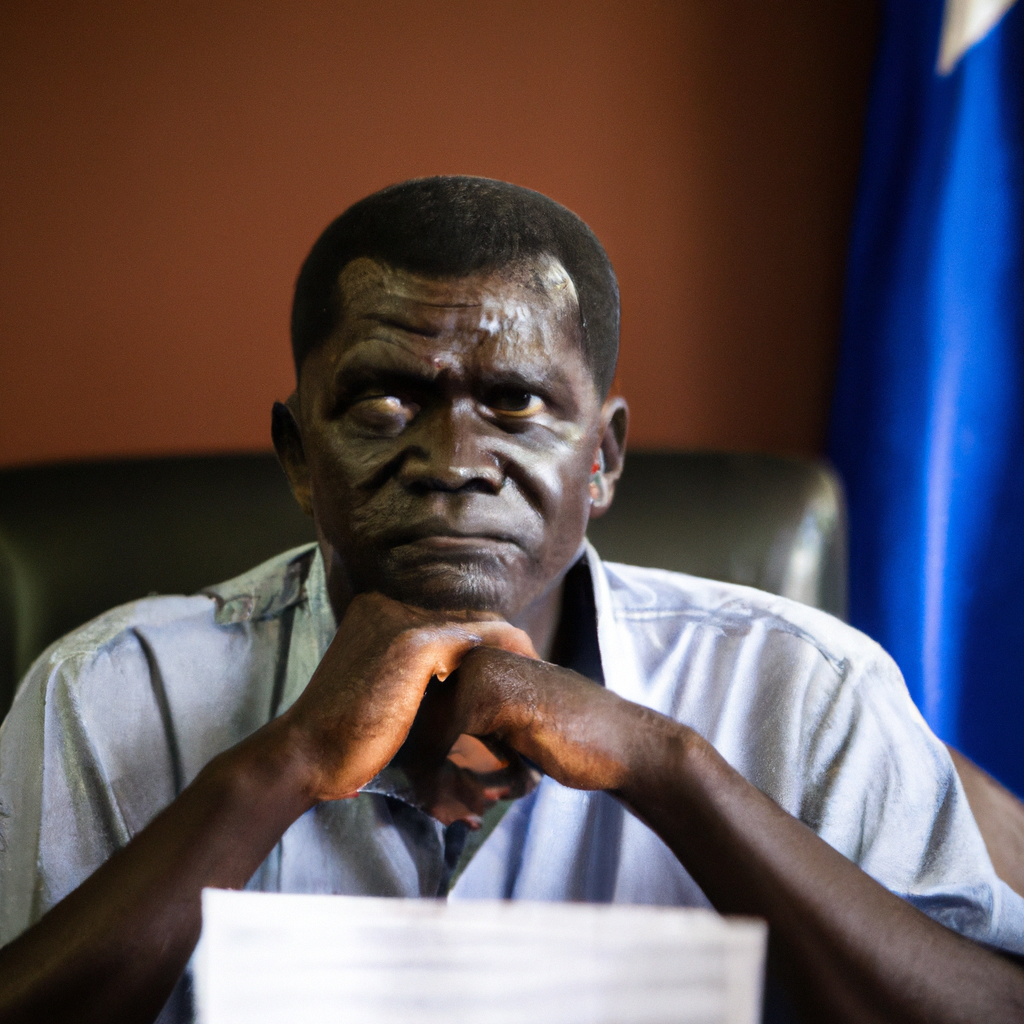The Crested Crane, a national symbol of Uganda, is facing a grave threat to its existence. Renowned for its distinctive appearance and significant cultural heritage, this bird is now classified as vulnerable by the International Union for Conservation of Nature (IUCN). With factors such as habitat loss, climate change, and poaching contributing to its decline, conservationists are increasingly sounding alarms. Urgent measures are required to protect this majestic bird and ensure that future generations can enjoy and celebrate it as a pivotal part of Uganda’s identity. The government and NGOs are mobilizing efforts to mitigate risks and restore the habitats essential for the crane’s survival.
Habitat Loss and Human Encroachment
One of the primary threats to the Crested Crane is habitat destruction due to urbanization and agricultural expansion. Wetlands, which are crucial for the birds’ breeding and feeding, have been drained or degraded across the country. Particularly in areas such as Lake Victoria and the Albert Nile, increased human activity has disrupted the delicate balance needed for these habitats to thrive.
The decline in wetland areas has directly correlated with diminishing food sources for the Crested Crane, leading to its reduced population. Local farmers and developers often overlook the ecological importance of these wetlands, focusing instead on short-term economic gains. This situation raises the urgent need for increased awareness and education on sustainable land use practices among communities surrounding these habitats.
Climate Change Effects
Climate change exacerbates the challenges facing the Crested Crane. Shifts in weather patterns have led to unpredictable rainfall, affecting both the availability of food and the safety of nesting sites. Droughts may render wetlands uninhabitable while floods can destroy nests and juvenile cranes.
Consequently, conservationists emphasize the importance of creating climate-resilient habitats. Initiatives to restore degraded wetlands and implement water management measures are gaining traction. Collaborative programs between local communities and environmental entities aim to promote biodiversity-friendly agricultural practices. These practices not only protect the cranes but also enhance the resilience of local ecosystems to climate impacts.
Conservation Efforts Underway
In response to the alarming decline of the Crested Crane, various organizations and government bodies are ramping up conservation efforts. The Uganda Wildlife Authority (UWA) is at the forefront, partnering with groups like BirdLife International to implement strategies aimed at revitalizing crane populations.
Key initiatives include:
- Establishing protected areas that serve as safe havens for the Crested Crane.
- Community awareness campaigns to educate the public about the importance of protecting this national symbol.
- Research programs to monitor crane populations and track migratory patterns for better protection strategies.
Additionally, local communities are being engaged in conservation efforts, with programs that promote eco-tourism. This approach not only fosters direct investment in conservation but also encourages locals to see the value in preserving the Crested Crane as part of their cultural heritage.
The Path Forward
The fate of the Crested Crane is increasingly linked to broader environmental and economic factors in Uganda. As one of the few remaining emblematic symbols of the nation, its preservation represents a critical aspect of Uganda’s natural identity. Without substantial intervention, the unique presence of the Crested Crane may dwindle, impacting biodiversity and regional tourism.
Conserving the Crested Crane is vital not only for the bird itself but also for maintaining Uganda’s heritage and ecosystem health. Future actions need to be holistic, integrating habitat conservation with local livelihoods to generate sustainable solutions. With concerted effort, the Crested Crane can continue to soar above the Ugandan landscape, reminding us of the importance of protecting our natural heritage for generations to come.








